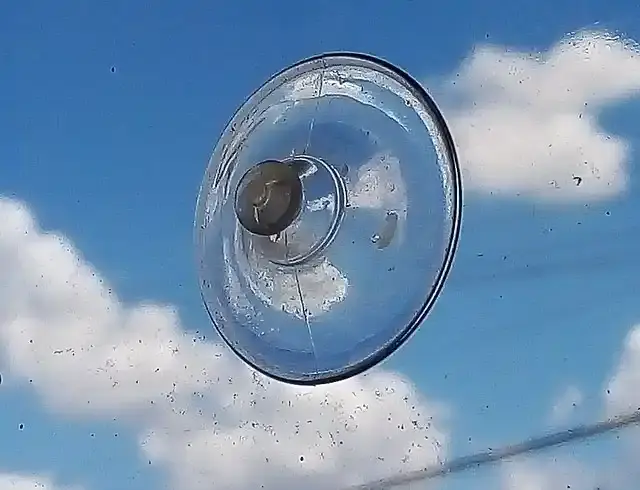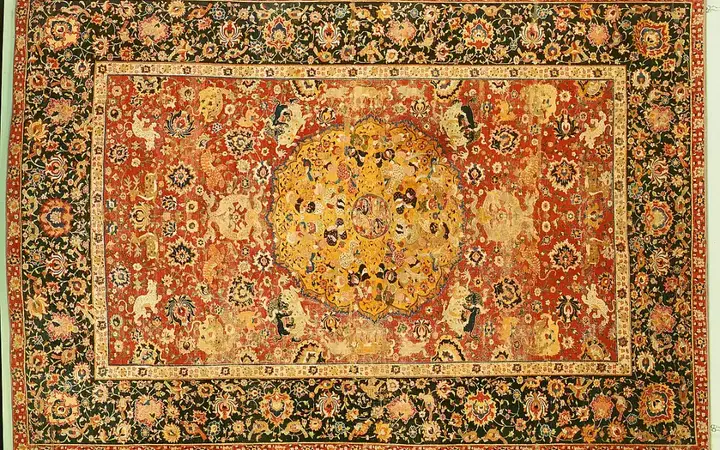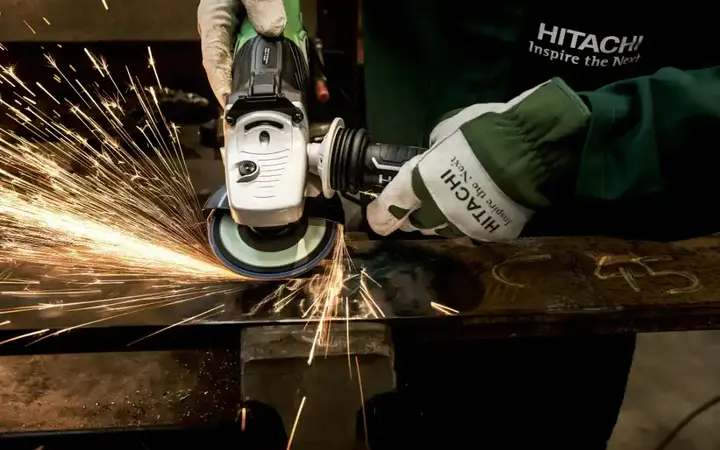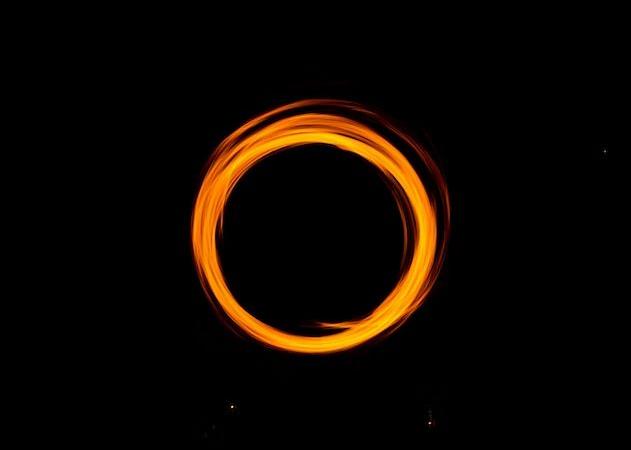The Genius of Nature: 8 Amazing Technological Innovations Inspired by Nature
Scientists have long been looking for ways to improve our world, whether it's in the large trillion-dollar pharmaceutical market or in the sportswear industry, helping brands like Nike create more advanced products. Some ideas were woven entirely from the imagination, but there is a surprising amount of modern life-changing inventions inspired by the natural world around us.
Show key points
- Many groundbreaking modern inventions have been inspired by nature, blending imagination with biomimicry to improve human life and innovate technology.
- Researchers created thinner and more efficient solar cells by mimicking the unique structural patterns found in pink butterfly wings.
- The design of Japanese express trains was modified to resemble the beak of a kingfisher bird, reducing tunnel noise and saving energy.
- ADVERTISEMENT
- Octopus limbs inspired the development of strong and easily manufacturable suction cups now commonly used as household tools.
- Pain-reducing surgical needles were developed by replicating the serrated and nearly painless piercing technique of mosquito mouthparts.
- The echolocation system of bats served as a model for radar technology, enabling precise navigation and object detection without visibility.
- Fireflies’ lantern structure led scientists to enhance LED efficiency, drawing from nature’s light-emitting mechanisms for better illumination.
The amazing world of biotechnology and biobiomimes continues to grow, from home paint based on lotus leaf fabric to electronic arms stolen directly from underwater octopus. Therefore, nature not only improves the quality of life for us humans, but it also brings a profit to innovative tech entrepreneurs as well!
Recommend
1. Solar cells

Inspired by: Butterfly Wings
Solar cells are a great source of renewable energy, but scientists at KIT and Caltech could have improved them even more, as after looking at the wings of the pink butterfly, they realized they could copy the structure in order to create thinner solar cells that last longer.
The experiment resulted in a product that is more efficient and easier to manufacture. Interestingly, scientists and professors have pointed out that even with all the advances we've made in energy, the conversion rates of the average butterfly wing still outperform almost anything humans have ever designed.
2. Express trains

Inspired by: Kingfisher
Express trains have been popular in Japan for decades, and although from the beginning they were mostly fast, they were not always completely silent. In fact, when these trains traveled through the tunnels they made a loud sound. The engineers struggled to fix this to no avail, until they looked at the kingfisher.
The engineers realized that if they changed the shape of the train to look like a kingfisher with a pointed face, the sound would stop. Not only does the new shape cause much less inconvenience than the original model, but it also saves about 10-15% of energy.
3. Suction cups

Inspired by: Octopus tips
You can buy almost anything on Amazon these days, including easy-to-use suction cups that can be useful as hooks. Suction cups have been around for some time, and they are relatively cheap to manufacture. And, of course, they are directly inspired by everyone's favorite eight-limbed creature: the octopus.
The octopus' limbs are covered with lollipops that help him navigate underwater, which he uses to grope, climb and pick up his dinner. Lollipops can also crush the shells of its prey, making it much easier to eat. Lollipops are extremely powerful, and it was only a matter of time before they turned into suction cups and went on the market.
4. Surgical needles

Inspired: Mosquitoes
Many companies around the world manufacture and sell surgical needles, including Amazon. Most of us have experienced the pointed end many times, but it's not always a pleasant experience. In 2011, researchers at a Japanese university created a robotic needle designed to relieve pain, inspired by a mosquito needle.
The needle is effective and much less painful than traditional subcutaneous needles, where instead the serrated edge is light enough that patients can hardly feel it when stitched. It's not completely painless, but it's certainly less intimidating for those who are afraid of needles.
5. Radar

Inspired by: Bats
Radars have been used by the military and other forces for decades, but how did they first come up with? The history of radar development is complex (and interesting), but most specialists agree that it was inspired by our winged friend: the bat.
Bats use echo positioning to find out where something is being found without actually being able to see it. Without it, nocturnal creatures won't be able to hunt, feed themselves, or even make their way around the world. By sending sound waves, the radar can simulate this and get an incredibly accurate idea of where things are.
6. Velcro

Inspired by: Prickly plants
Velcro was invented by complete coincidence as with many great innovations.
In 1941, engineer Georges de Mistral found thorny plants on his dog and himself after walking and began to look at them closely. He was fascinated by the way she clung and clung to it, and soon developed his own version.
Velcro Industries is now worth more than $277 million. The product is used in a variety of things from clothing, household items, and more, making it a staple in homes around the world. Had Mistral not made this march, Velcro might not exist today.
7. LED light bulbs (light-emitting diodes)

Inspired by: Fireflies
LEDs are everywhere now. You can get a bunch of them from Amazon for just a few dollars, but these bulbs may also be about to become even better than their current status. Last year, researchers in Pennsylvania unveiled plans to manufacture lamps containing a diode that could mimic fireflies.
Zhang Jiangchen, lead author of the study, said when speaking to Science Daily: "I noticed that not only do fireflies have such asymmetric microscopic structures on their lanterns, but it has also been reported that a species of glowing cockroaches have similar structures in their glowing lanterns." "This is where I tried to dig a little deeper into the study of the efficiency of light extraction using asymmetric structures," he adds.
8. Night vision goggles

Inspired by: Owls and Cats
Humans have drawn a lot of inspiration from nature for their inventions, and night vision goggles are inspired by animals that can see in the dark, such as owls and cats. Night vision goggles are basically image capacitors and tonics.
It works by enhancing the residual light to enhance the image. Similar to the retina in owl and cat eyes, the components of night glasses capture photons passing through their lenses, convert them into interval electrons and show what was hidden in the dark image.
![]()
Cappadocia... The ancient city of caves and mountain chimneys in Turkey
Cappadocia, in central Turkey, is famed for its stunning landscapes, soft volcanic rocks, rock-cut churches, and underground cities. With a history dating back to the third millennium BC, its unique cave dwellings and ancient ruins attract tourists worldwide, especially to places like Goreme, now a UNESCO World Heritage Site. more- ADVERTISEMENT
![]()
6 Things Expats Wish They Knew Before Moving to Hong Kong
Hong Kong’s street food scene is full of delicious surprises—think egg pancakes, wonton pasta, and authentic fish balls at wallet-friendly prices. If you’re feeling fancy, don’t miss the city’s Michelin-starred dim sum spots. more- ADVERTISEMENT
![]()
Iranian carpet industry ... History and economic significance
Persian carpets, woven with stunning detail and rich history, have long symbolized beauty and prestige. Once essential for warmth, they evolved into luxurious art pieces admired in royal courts. Today, they remain a global symbol of elegance and superior craftsmanship, cherished for their unique patterns and cultural legacy. more- ADVERTISEMENT
![]()
Did you know that there are two definitions of time and they do not agree!
Time feels steady and always moving forward, but Einstein showed it's actually relative—different for observers moving differently. Strangely, the universe's laws don’t favor time’s direction, yet we only see it go forward. This might be tied to entropy always increasing, revealing a deep link between time’s arrow and thermodynamics. more- ADVERTISEMENT
![]()
3 skills in demand in the labor market to get a job
3 Skills required in the labor market to get a job more- ADVERTISEMENT
![]()
Golden hydrogen can change the course of the globe
Golden hydrogen, naturally formed deep underground, offers a clean, carbon-free energy source. It's abundant, renewable, and doesn't emit harmful gases, making it a game-changer for sustainable energy. Scientists are using AI to detect surface markers pointing to its presence, opening new frontiers in the search for eco-friendly fuel. more- ADVERTISEMENT
![]()
The Ultimate Swallowers: Exploring the Voracious Nature of Black Holes
Black holes are mysterious giants with immense gravity that swallow everything—even light—making them terrifying and fascinating. With their super-powerful pull and potential to distort space-time, they capture scientists’ and dreamers’ imaginations. Are they evil forces or just strange cosmic rules at play? The mystery continues to deepen. more- ADVERTISEMENT
![]()
Genetically engineered microbes: the future of sustainable agriculture
Genetically modified microbes are transforming farming by boosting crop growth, nutrient absorption, and resilience to stress. These tiny allies can cut chemical use, fight pests naturally, and even help tackle climate change—offering a smart, sustainable path forward for agriculture. more- ADVERTISEMENT
![]()
9 reasons why small businesses fail
9 reasons why small businesses fail more- ADVERTISEMENT
![]()
The most important technical programs for mobile and computer that are indispensable for everyone
Mobile phones and computers are essential in modern life, and with the right free tools, they can boost your productivity and simplify daily tasks. Apps like Google Chrome, Google Drive, LibreOffice, and VLC Media Player are easy to use and help you stay efficient, secure, and entertained. more- ADVERTISEMENT





















